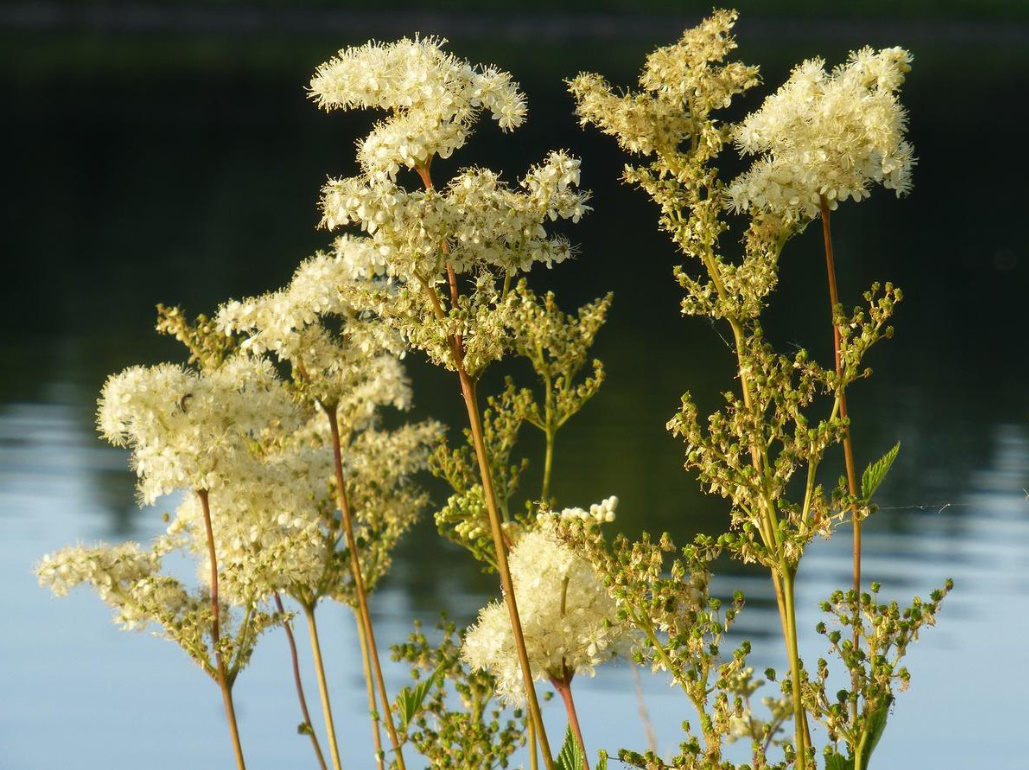
In the middle of summer, dense thickets of Filipendula, which are formed in moist lowlands, on damp meadows and along the banks of rivers, are decorated with fluffy creamy-white “sultanas” of inflorescences, and their honey aroma floats all around. The time comes for the preparation of medicinal raw materials.
Botanical features
The genus Filipendula is small in number: there are less than 20 species of perennial herbs, of which only two are used as medicinal plants:
- Filipendula ulmaria, syn. Filipendula megalocarpa;
- Filipendula hexapetala, syn. Filipendula vulgaris.
Filipendula hexapetala, unlike its relative, prefers moderately dry soils; it is used less often than Filipendula ulmaria. Medicinal raw materials for this plant are rhizomes with roots that are harvested in autumn or early spring. They have astringent, hemostatic, diuretic and diaphoretic effects.

A fragrant plant familiar to many, growing in abundance on moist soils among shrubs, meadows, along the shores of reservoirs and damp ravines, is Filipendula ulmaria, and it will be discussed further.
The first scientific description of the plant dates back to 1597 and belongs to the English physician and botanist John Gerard, but European herbalists used it long before that. In recent decades, scientists have shown interest in its healing properties, and their research gives amazing results.
Some species of Filipendula are used as ornamental plants and have cultivated varieties.
Useful properties of the plant
Flowers are mainly used as medicinal raw materials in Filipendula ulmaria; sometimes grass (the aboveground part of the plant) is also used, less often rhizomes with roots.
The characteristic aroma of the inflorescences is due to the essential oil contained in them, which has a complex chemical composition. The flowers and grass of the plant are characterized by a high content of salicylates, to which the meadowsweet owes its anti-inflammatory and antipyretic effect.
In the inflorescences, in addition, flavonoids, phenolic carboxylic acids, higher fatty acids, and other chemical compounds were found. Tannins (tannins) are found mainly in the aboveground part of the Filipendula; it also has a high content of vitamin C, beta-carotene, the presence of polysaccharides and pectin substances.

Preparations of Filipendula ulmaria have anti-inflammatory, bactericidal, antipyretic, diuretic, diaphoretic effect. Grass is also used as a hemostatic and astringent. Filipendula preparations are used in the treatment of colds and flu; gout, arthritis and rheumatism; inflammation of the kidneys and urinary tract; externally — for skin diseases, rashes, boils, purulent wounds.
Scientists have also identified the antitumor activity of Filipendula drugs and proved their effectiveness in the treatment of certain types of oncological diseases. It is assumed that the substances contained in the plant can have an oncoprotective effect and be used for the prevention of malignant tumors.
It should be understood that the therapeutic effect depends not only on the raw materials (the effect of the use of inflorescences and herbs will be different), but also on the choice of dosage form. Filipendula is used for the preparation of infusions, decoctions, tinctures used both internally and externally.
Contraindications to use
Recently, in some places on the Internet, and in some printed publications, you can read that this plant is poisonous, but there is no scientific evidence for this. Centuries of practical application of Filipendula not only in folk medicine, but also in culinary practice of different peoples contradict this statement: flowers — for tea and as a flavoring of sweet dishes, drinks (including wine), young grass — for salads and soups. Therefore, you should not blindly believe “horror stories”.
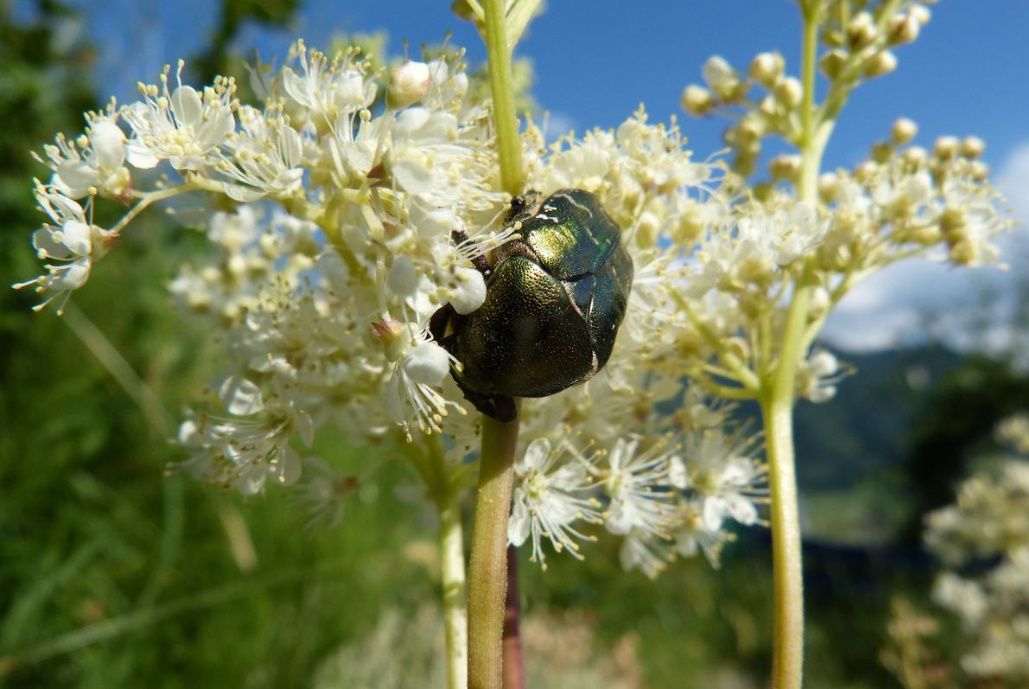
The astringent properties of the plant have been scientifically confirmed, therefore, it is worth refraining from using preparations of the Filipendula herb for diseases of the gastrointestinal tract accompanied by persistent constipation. Tincture of flowers, which dilutes blood well and reduces blood pressure, should be used with caution to those who suffer from hypotension; decoctions and tea do not have a similar effect and have no established side effects.
However, it is impossible to completely exclude the possibility of individual intolerance and allergic reactions provoked by the salicylates contained in the plant, so always be careful when using Filipendula for medicinal purposes. In the presence of serious diseases, be sure to consult a doctor beforehand.
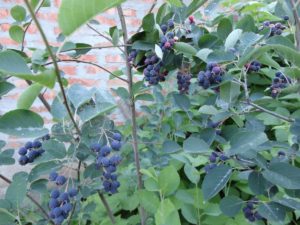

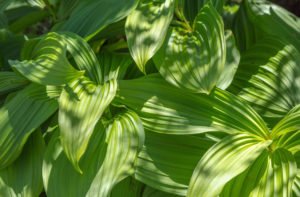
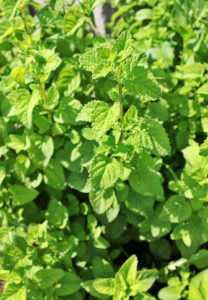
Leave a Reply